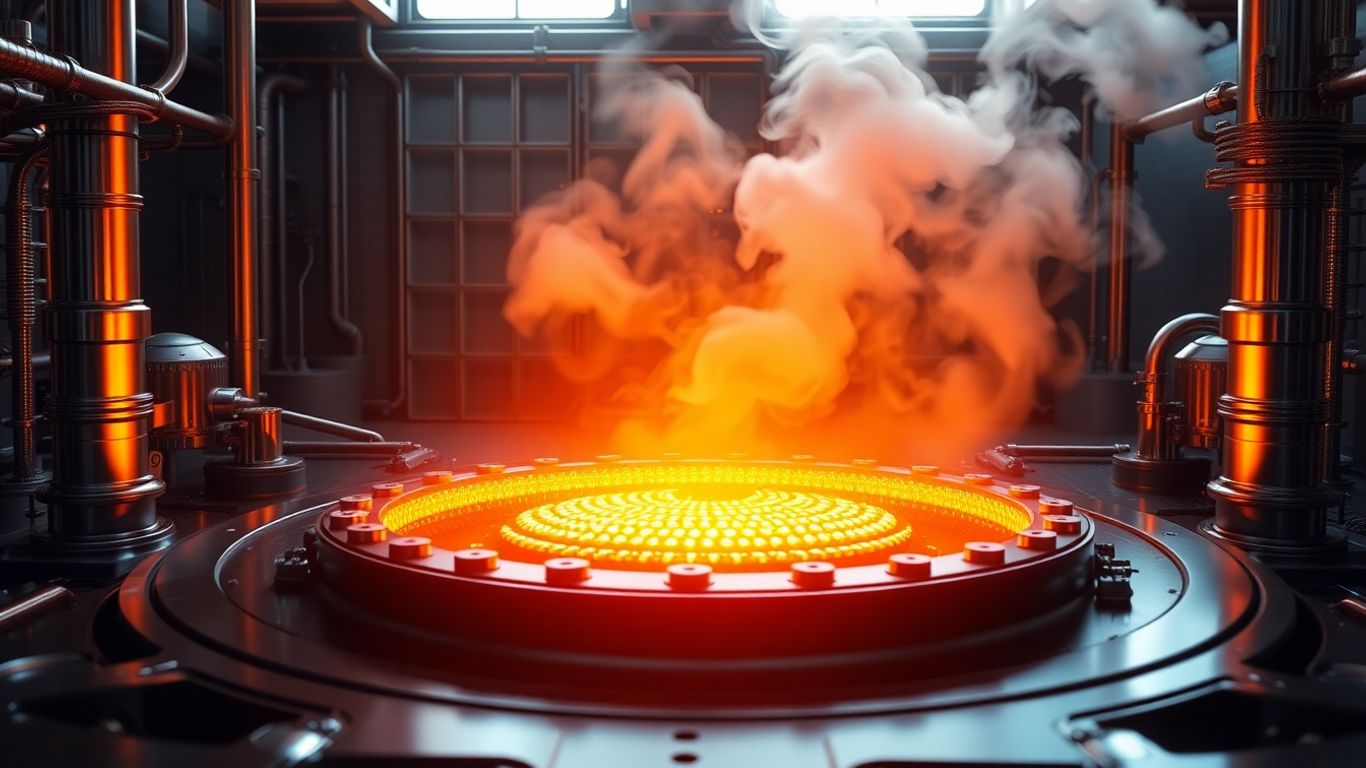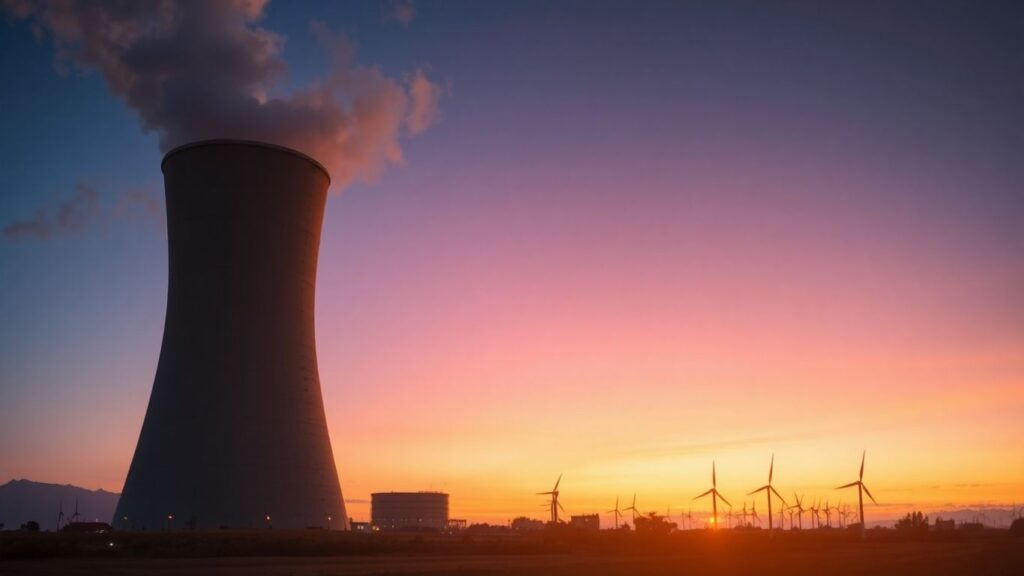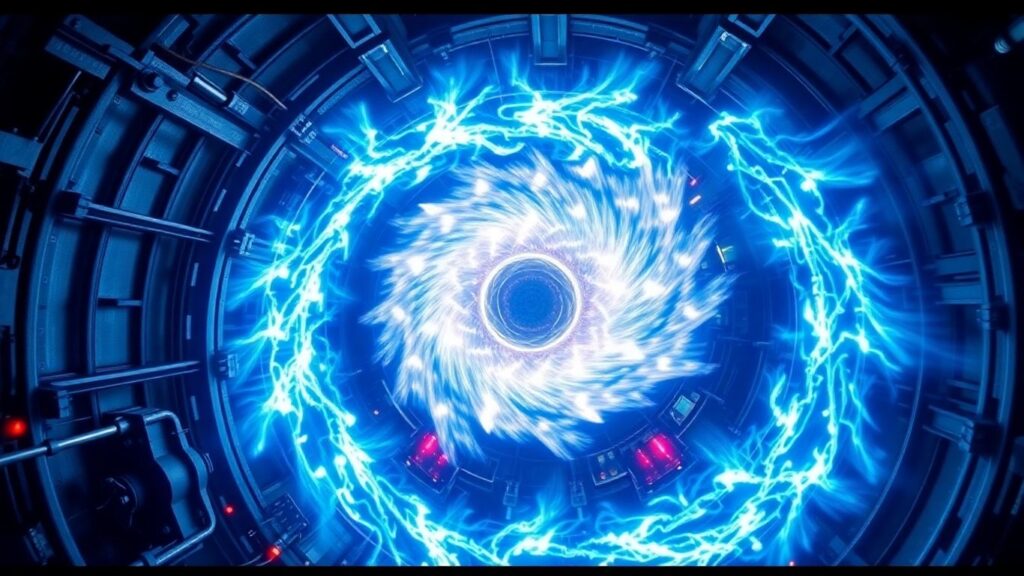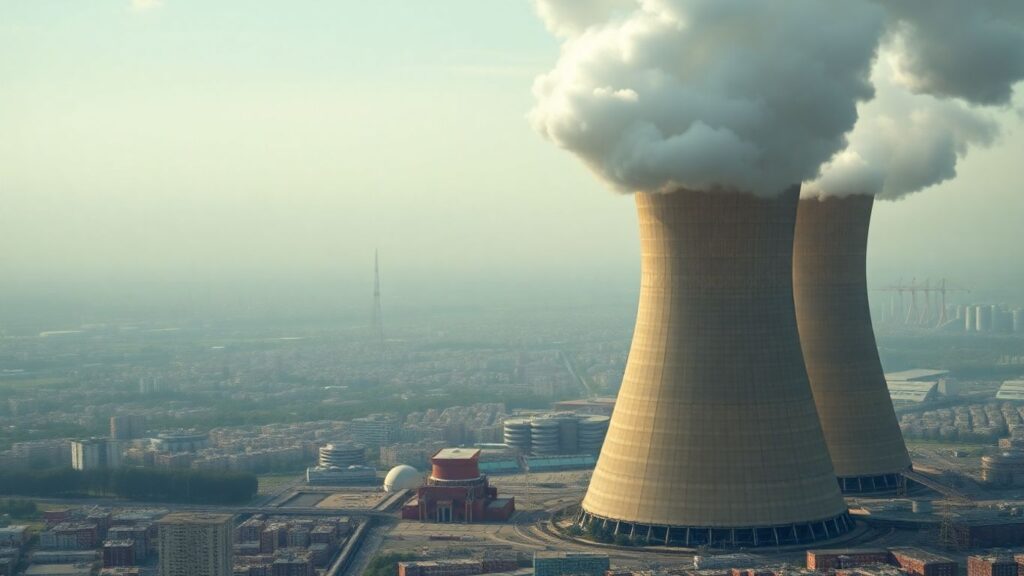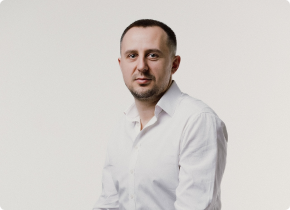A groundbreaking collaboration between Clean Core Thorium Energy and researchers at the Idaho National Laboratory (INL) is set to revolutionize nuclear power. The partnership is focused on developing a novel nuclear fuel, dubbed ANEEL (Advanced Nuclear Energy for Enriched Life), which utilizes a thorium and high-assay low-enriched uranium blend. This innovative fuel design aims to significantly reduce nuclear waste, enhance reactor safety, and lower operational costs for existing pressurized heavy water reactors worldwide.
Key Takeaways
- A new nuclear fuel design, ANEEL, combines thorium with high-assay low-enriched uranium.
- The fuel is designed to reduce waste, improve safety, and lower costs for current reactors.
- Idaho National Laboratory’s unique testing capabilities are crucial for validating the fuel’s performance.
- Initial post-irradiation examination shows promising structural integrity.
A Leap Forward in Nuclear Fuel Technology
Clean Core Thorium Energy, led by father-and-son entrepreneurs Mehul and Milan Shah, has patented a unique nuclear fuel composition. By integrating thorium with uranium enriched to between 5% and 20%, the ANEEL fuel offers a significant departure from traditional reactor fuels. This blend is designed to be proliferation-resistant and, crucially, requires no modifications to the external geometry of existing reactor fuel bundles or the reactors themselves. This adaptability makes it a potentially game-changing solution for the global nuclear energy sector.
Leveraging National Laboratory Expertise
The development and validation of ANEEL fuel are heavily reliant on the specialized capabilities of the Idaho National Laboratory. INL provides private companies with access to its advanced resources, fostering innovation in the energy industry. Clean Core specifically sought out INL for its high neutron flux and high burnup capabilities offered by the Advanced Test Reactor (ATR), as well as the "crash test" potential of the Transient Test Reactor. "ATR is the Holy Grail for nuclear testing," stated Mehul Shah, highlighting the unparalleled importance of these facilities for qualifying their fuel.
Rigorous Testing and Promising Early Results
In spring 2024, INL researchers began irradiating 216 ANEEL fuel pellets within the ATR’s specialized reactor core. The initial batch, irradiated for four months, has undergone post-irradiation examination. These examinations, conducted at INL’s Hot Fuels Examination Facility, involve sophisticated techniques like neutron radiography. Early results are highly encouraging, showing no visible cracks, collapse of the annular fuel form, or significant deformation. "The irradiated pellets look exactly like when they were fabricated," reported Paul Chan, Clean Core’s chief technology officer, underscoring the fuel’s remarkable stability.
A Collaborative Endeavor
The creation of the ANEEL fuel pellets was a collaborative effort involving INL, Clean Core, and Texas A&M University. Texas A&M researchers, under the guidance of Dr. Sean McDeavitt, fabricated the fuel pellets by blending uranium oxide with commercially sourced thorium oxide in a proprietary mix. These annular pellets, designed to better manage fission gas release, were then subjected to rigorous quality control at INL before being inserted into the ATR. The ongoing testing, which will continue through spring 2026, aims to study the effects of higher burnup on the fuel, providing critical data for regulatory approval and investor confidence. This project exemplifies how national labs and private industry can partner to advance U.S. leadership in nuclear fuel technology.
Key Takeaways
- Idaho researchers collaborate with US company to develop novel nuclear fuel to preserve, improve today’s
reactors, Idaho National Laboratory (.gov).


